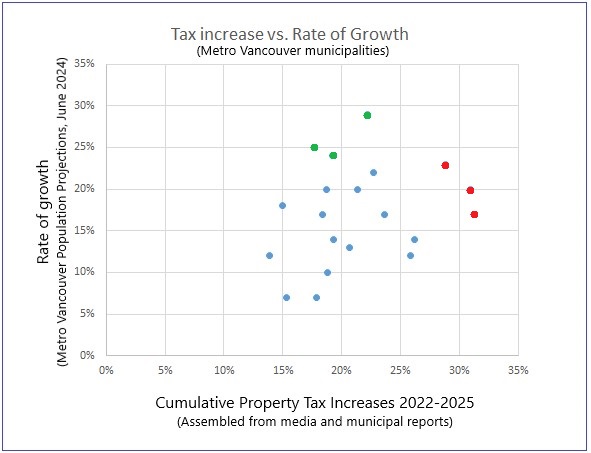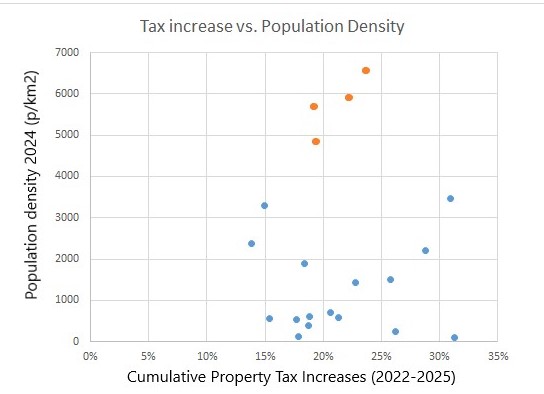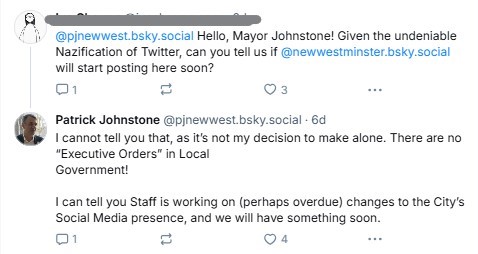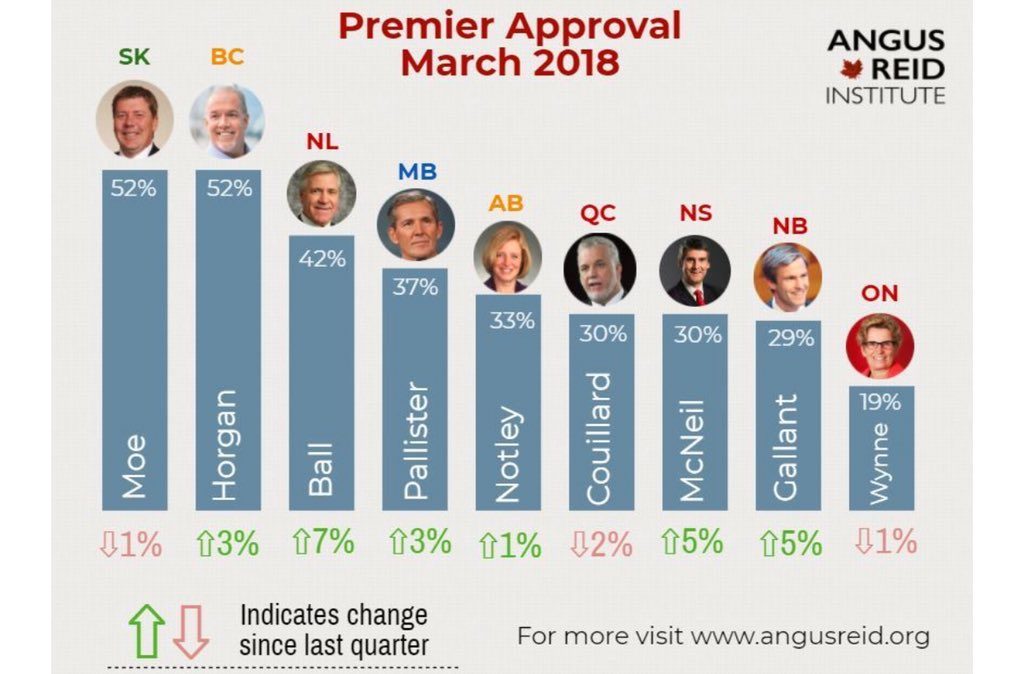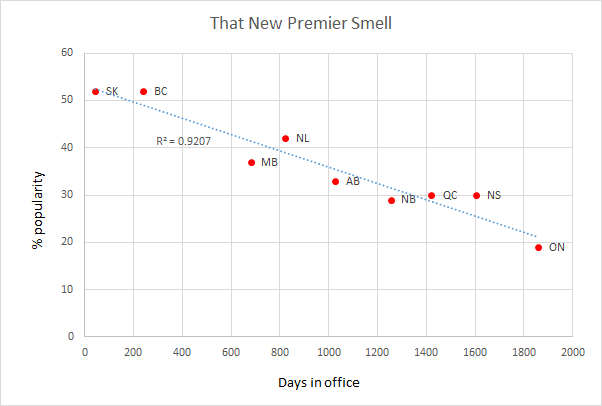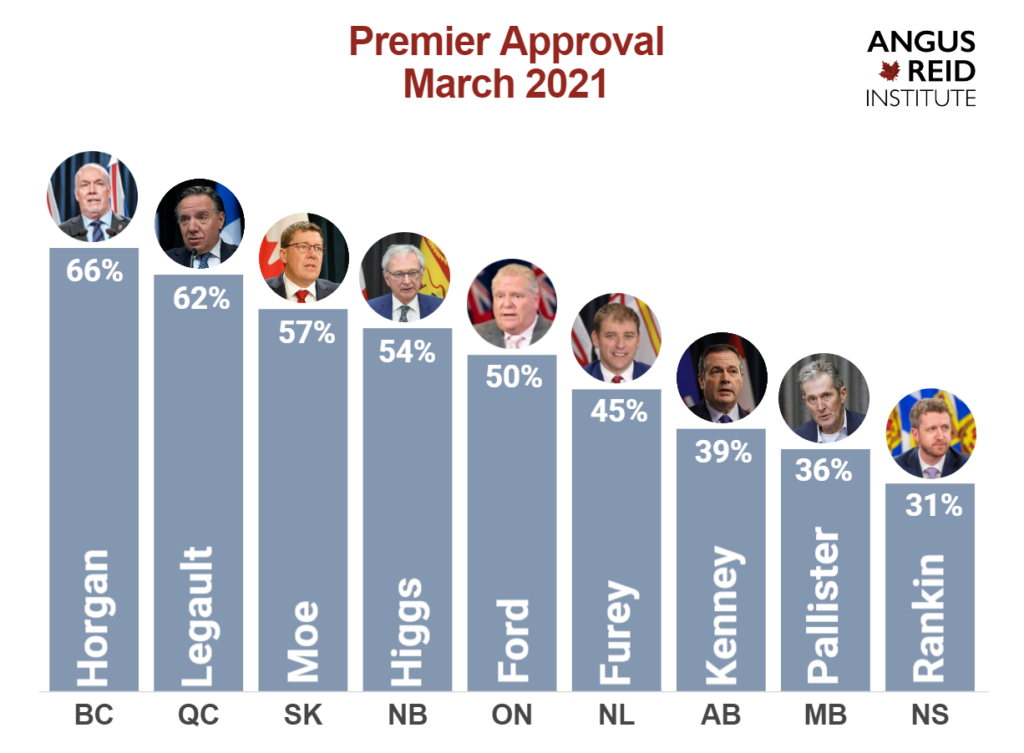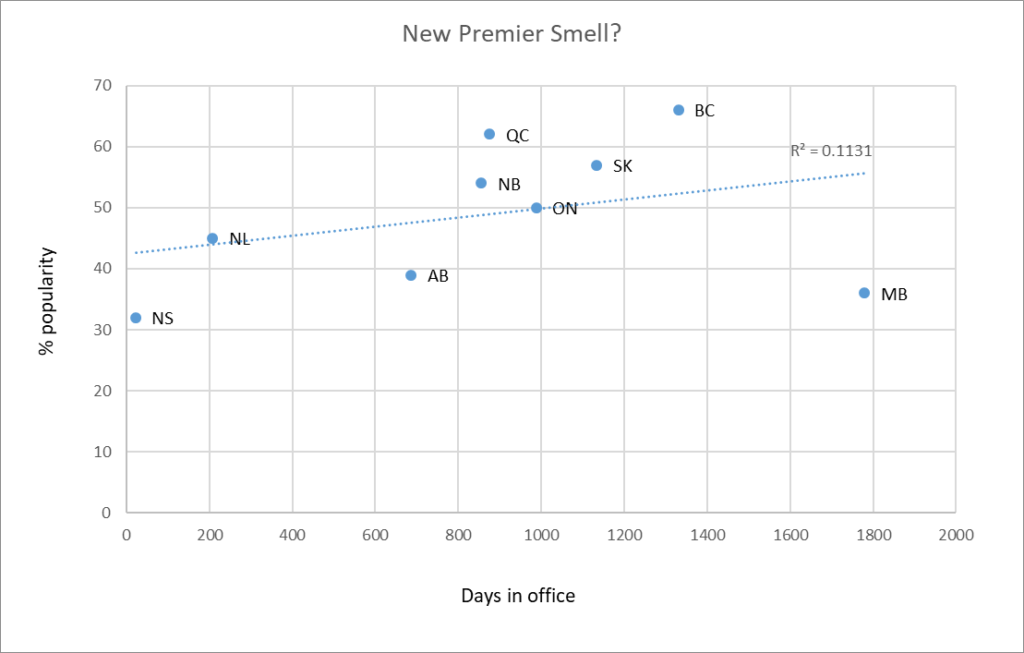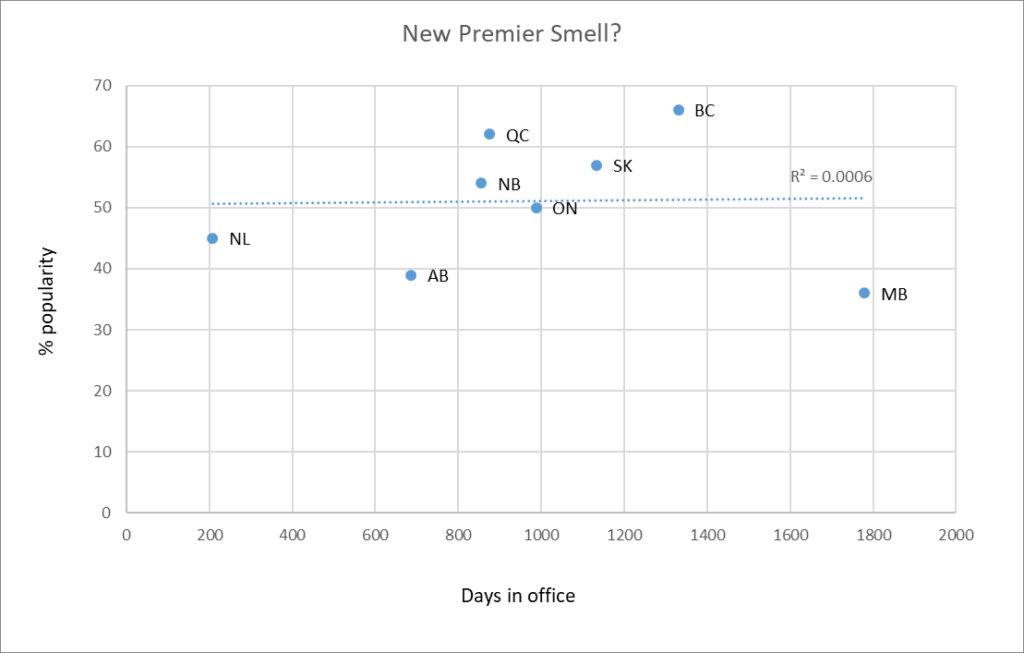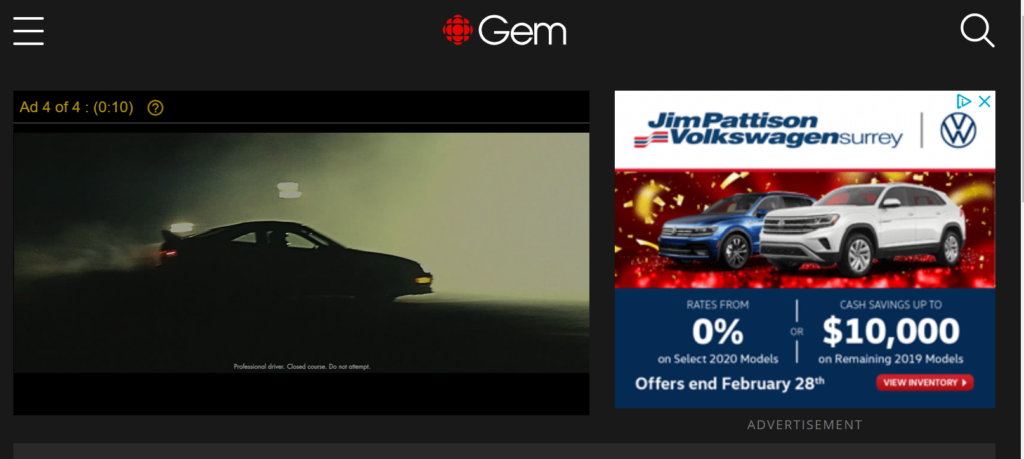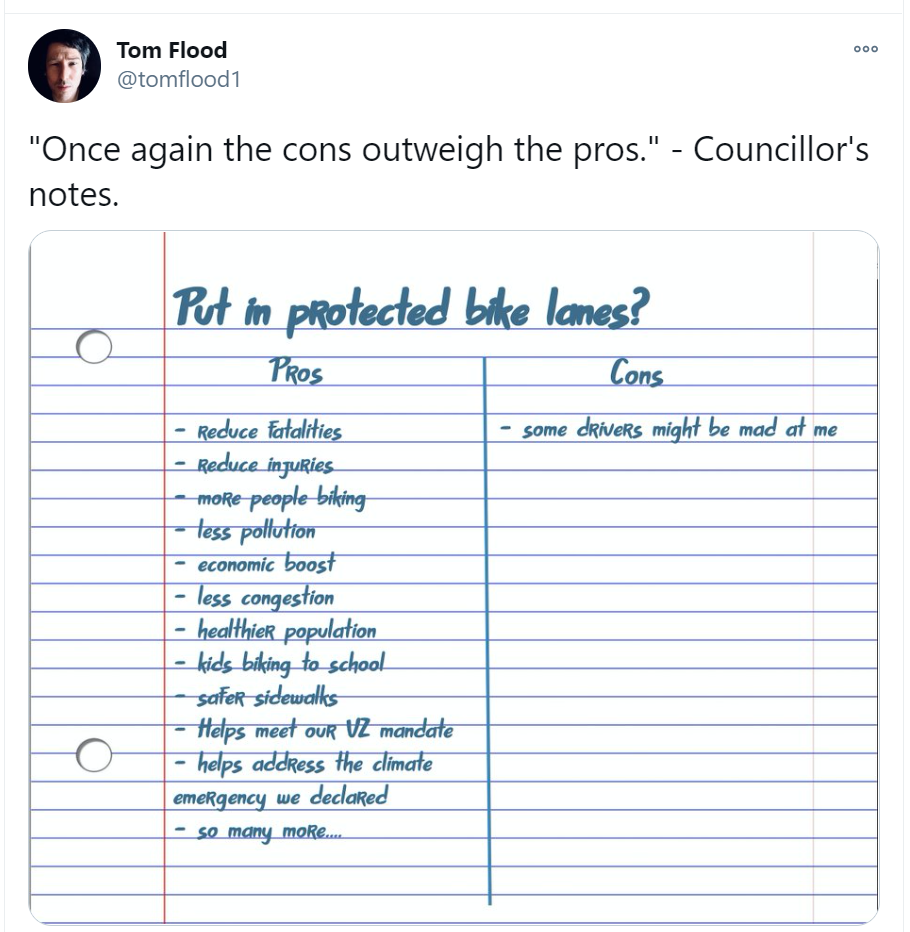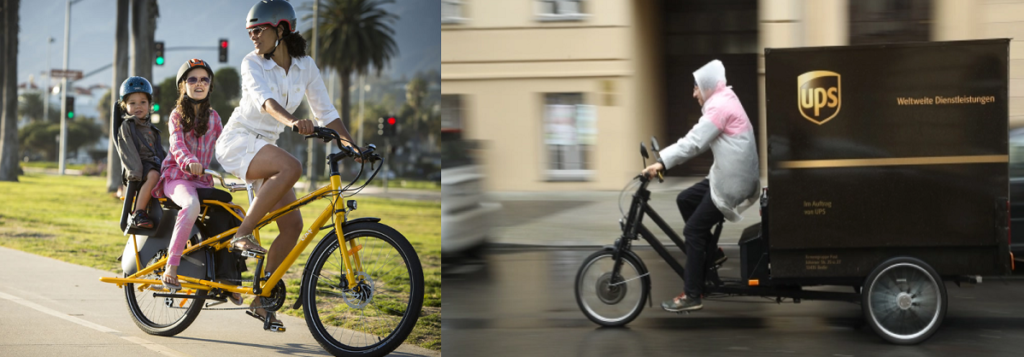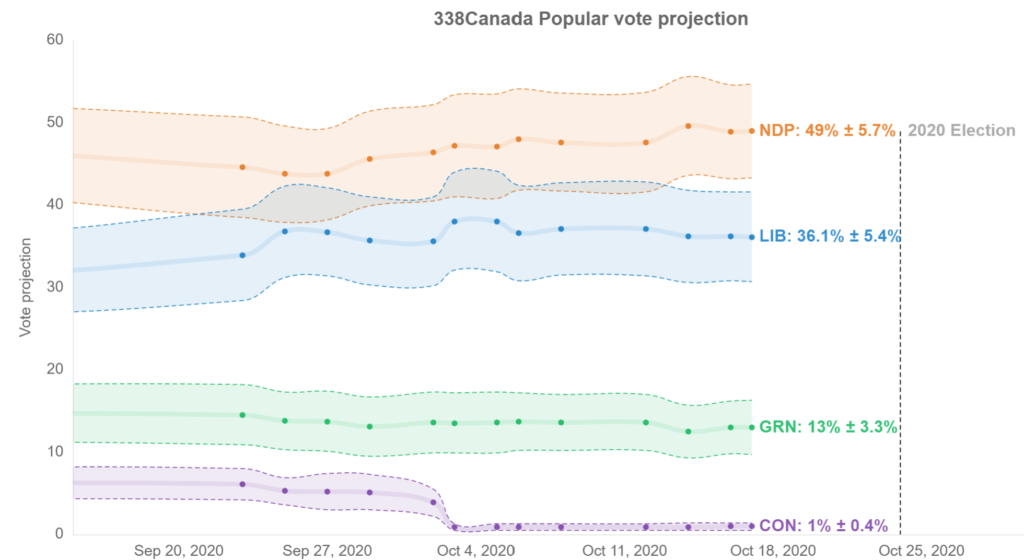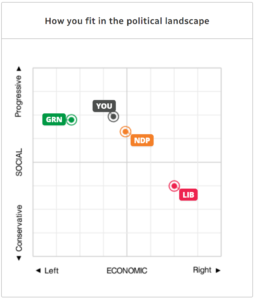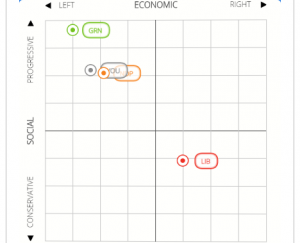I don’t spend a lot of time doing on-the-nose politics on this page. You need to subscribe to the newsletter for that, or drop by the booth, or stop me on the street, etc. However, Thursday was a big politics day on the topic of Public Transit, a topic that means a lot to me personally and professionally, so I’ll wade in on polite company here.
The Mayors Council put out yet another media release imploring senior governments (Federal and Provincial) to make some commitments about longer-term transit operational funding. There is nothing new in this ask, we have been at this since the day I first joined the Mayor Council almost two years ago. The new news here is that the Mayor’s Council received a report from staff that begins the work to plan for what happens if that funding commitment doesn’t happen. And it’s dire.
If we cannot find a new operational funding model, we will need to react to the operational deficit by cutting services drastically. The recent efficiency report identified some savings we can undertake (and are undertaking) that will not impact service to customers, but after than $90 Million, the next $510 Million will need to come from service. That means less funding for roads and active transportation, but it also means reduced transit routes and reliability. This is a bit difficult to model (and I encourage those interested to look at the report) because as we reduce service, there will be a reduction in ridership which reduced fare revenue, which drives further service reductions. This is the Transit Service Death Spiral we avoided during COVID.
To know how we got here, you need to understand how TransLink pays for its service. It is a unique body with many revenue sources, but most of them are going down, or not increasing to keep up with inflation and regional growth. TransLink’s revenue looks like this:
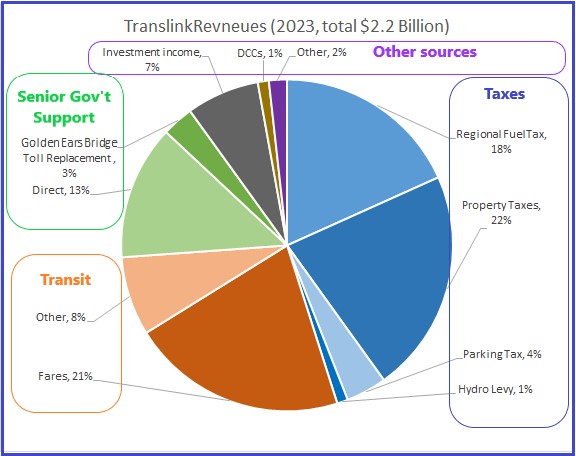
The level of Fuel Tax drivers pay at the pump is fixed by Provincial Legislation, but the amount of revenue it returns continues to go down as overall gasoline consumption drops. The Mayors recently agreed to a short-term increase in regional Property Tax to match a recent Provincial government contribution to address overcrowded bus lines, but Property Tax is being asked to fund an increasing number of services, and the Mayors recognize there are limits to how much we can push that. In New West, about 7% of your property tax bill goes directly to TransLink. The regional parking tax (which has gone down with work-from-home) and the levy on your electricity bill (not changing much as efficiency measures like Heat Pumps and LEDs offset increases from electrification) are both fixed by Provincial legislation, and combined only make up about 5% of our revenue.
On the Transit Revenue side, fare increases are limited by provincial legislation, and have been going up tied to inflation, however our fare system is shifting as we go through COVID recovery. With flexible workspaces, people are buying fewer monthly passes and are travelling less in traditional peak times, so overall fare recoveries are not rebounding as fast as ridership. “Other” revenues from transit includes things like advertising on Buses and fee-for-service, and are not going up. Direct senior government support varies quite a bit as it mostly reflects transfers to pay for capital projects or one-time funding, which makes it hard to plan around. TransLink also gets a bit of money to offset the revenue lost when tolls were taken off of the Golden Ears Bridge – but that pays for the financing, operating, and maintenance of that bridge. Finally, investment income is up a bit related to interest rates, but as we spend our reserves to keep the wheels rolling, this will go away.
The diversity of revenues is a good thing from and eggs-in-basket perspective. The challenge is that Property Tax is the only part that is 100% under the control of the Mayors Council, all of the other sources are limited by Provincial legislation – meaning we need permission from the province to raise them. Any new source of revenue would also require provincial legislation. It is this legislation that the Mayors Council has been asking the Province to change, a new “Funding Model”, because we are projecting ahead to 2026 when this revenue model will fall $600 Million short of projected operating costs.
So with that background and the new operational impacts report in hand, the Mayors Council is using the opportunity to call public attention (again) to the operation budget issue as we enter into the whirlpool of a provincial election – without doubt a political move. The Mayors expected, even hoped for, responses from Provincial leaders. And we got them, so let me review, in the order they hit my radar.
BC Cons: To be fair, the 900,000 people (like me) who rely on TransLink transit services to get around the region are not John Rustad’s base, but his response looked like he missed the memo and needs to do a bit of reading and listening before he starts throwing accusations in place of solutions. On almost every point he makes, he is either misinformed or misinforming.
The financial support that the BC government provided (or to use Rustad’s words “funneled to”) TransLink through COVID was a brave and defining commitment to public transit. The funding was needed because TransLink (by legislation) is not permitted to run a deficit, and because of how those revenue sources listed above all went down dramatically due to pandemic response measures. Unlike transit regions across North America, TransLink didn’t have to slash routes and reliability, because the Provincial Government recognized that hundreds of thousands of people still had to go to work through the pandemic – health care workers, first responders, people who maintain critical services like utilities that keep our communities operating. They were able to get to work, and as COVID restrictions waned, we had the fastest rider recovery of any public transit system in North America. While the other revenue sources have not yet recovered (and likely never will), we are limited (by legislation) how much we can raise fares, while our costs have gone up with inflation and we now have more ridership than pre-COVID.
Despite the protestations of Mr. Rustad, the numbers do actually add up, have been audited, are publicly available for his review, and the TransLink Mayors Council have been very transparent over the last two years about those numbers
His solution is yet another audit (just completed, actually, with $90M in potential savings found, which still leaves us $510M short), address overcrowded routes (dude, the Access for Everyone plan is Right Here!), stop-gap funding (which has, frankly, been the NDP solution that he was just complaining about, and is a problem if you need to plan transit expansion years in advance, like we do), and “accelerate the Surrey-Langley SkyTrain project”, which is a weird thing to suggest when there is nothing to indicate it is not moving forward as fast as possible, and we will still have no operational funding for it until we get the new funding model the Mayors are asking for anyway.
It’s clear Rustad has not read the file, has no idea what the problem is, and has no useful solutions.
BC United. Kevin Falcon’s news release on the same day announced a new 10-lane bridge at Second Narrows and a SkyTrain to the North Shore. I can’t flatter this by calling it a “response” because it is so disconnected from everything happening in the regional transportation conversation that it must have been developed in an impermeable bubble located in a deep bunker under miles of concrete. It makes Rustad look like a strap-hanging Buzzer editor in comparison.
I’ll skip past the obvious joke in Kevin Falcon finding a “10 Lane Bridge” as the solution to everything, but the regional Mayors (all 21of them) agree on transportation priorities for the region, and wrapped them up with a nice little bow and call it the “Access for Everyone Plan”. This plan not only shapes the transportation future of the region, it does it in a way that that supports and is supported by the Regional Growth Strategy. Mr. Falcon has surely seen this plan, and surely knows it is not funded. It’s not helpful when the region’s Mayors (who agree on very little) are all on the same page on something as fundamental as this to have a provincial leader ignore that page and start drawing your own multi-billion-dollar lines on a map.
Finally, and I cannot emphasize enough, if Mr. Falcon commits TransLink to building a SkyTrain to North Vancouver without first dealing with the funding gap the Mayors are currently talking about, we will have no funding to operate the SkyTrain line he just built.
BC NDP: Short of any official statement, Premier Eby was quoted in some media saying the NDP election platform would be clear in supporting TransLink. I heard the (outgoing!) Minister of Transportation on the radio this morning saying that the “worst case scenario” presented in the Mayors Council report would only happen if the Conservatives are elected, and that it is “certainly not going to happen under our government”, which sounds like a commitment. He also emphasized their admittedly excellent record in funding transit expansion (SkyTrain lines) and support funding to address operational gaps during COVID. He also gave the Mayors Council credit for finding some room to raise property taxes to match the $300 Million offered by the Province earlier this year to support the expansion of bus services to address overcrowding on some routes. So the messaging is all onboard, but we are short of an actual commitment, and that makes it hard for us to plan.
In concentrating his messaging on how Rustad is bad, he tellingly failed to even mention Kevin Falcon, though he did mention a former Premier and her disastrous referendum that set us back for 5 years or more.
BC Greens: Sonia Furstenau put out a short statement indicating full support for Public Transit and finding a sustainable funding model.
So overall, the Greens and NDP seem to hear the message and are responding to it with expressions of support, if not specific deliverables. We will have to wait for the election platforms to be released to see what that support looks like. Neither the Cons or the United seem to have any idea what the problem actually is. And everyone is playing politics. Welcome to silly season.
If you area Transit user, or even if you are driver who wants TransLink to still spend money on road maintenance, and don’t want 900,000 regular transit users getting in your way in traffic, you might want to take this opportunity to tell your provincial representative that TransLink funding is important to you, and that you will be voting to keep public transit running.
